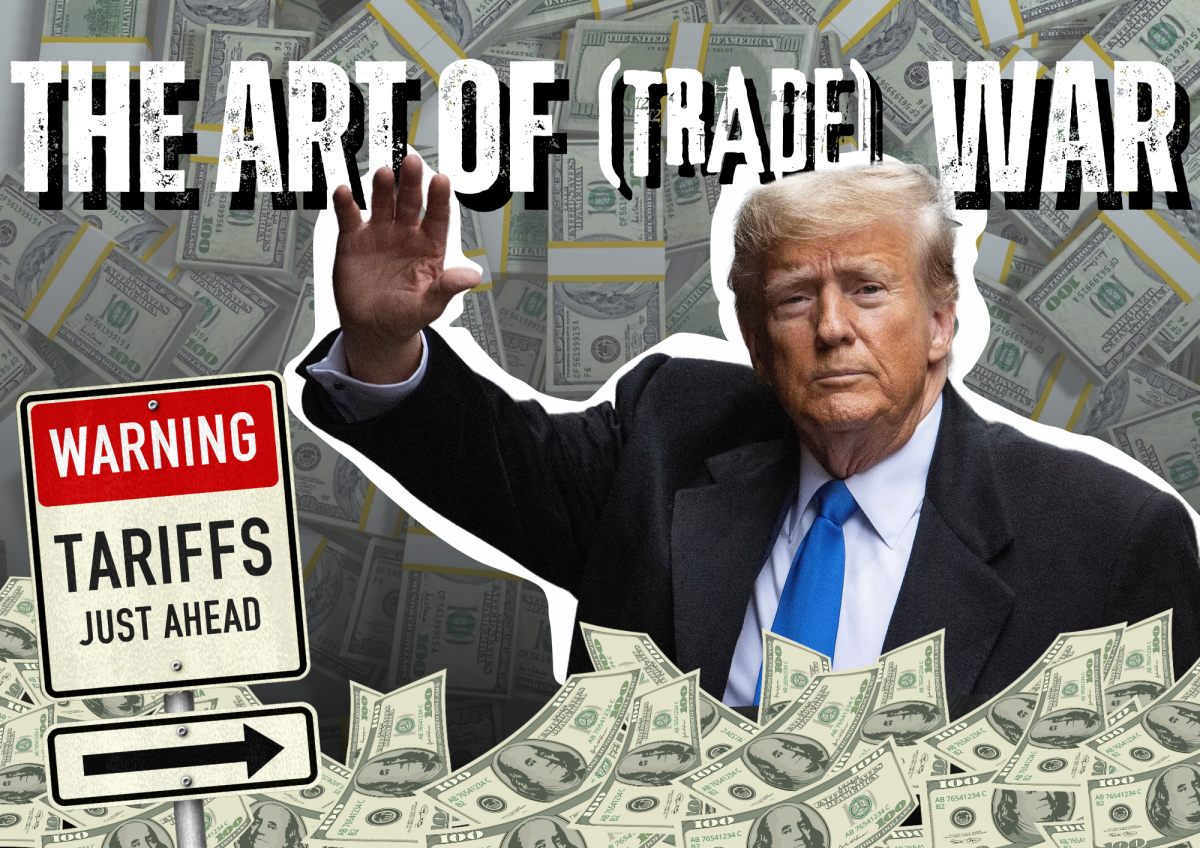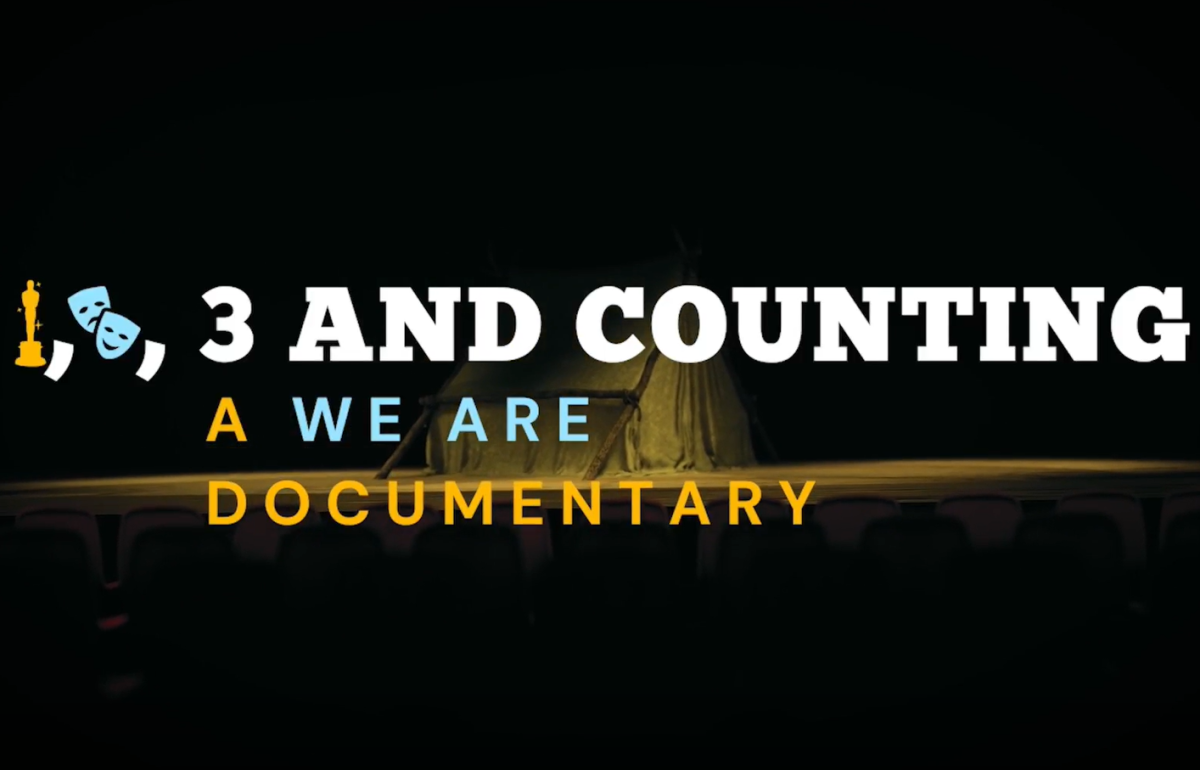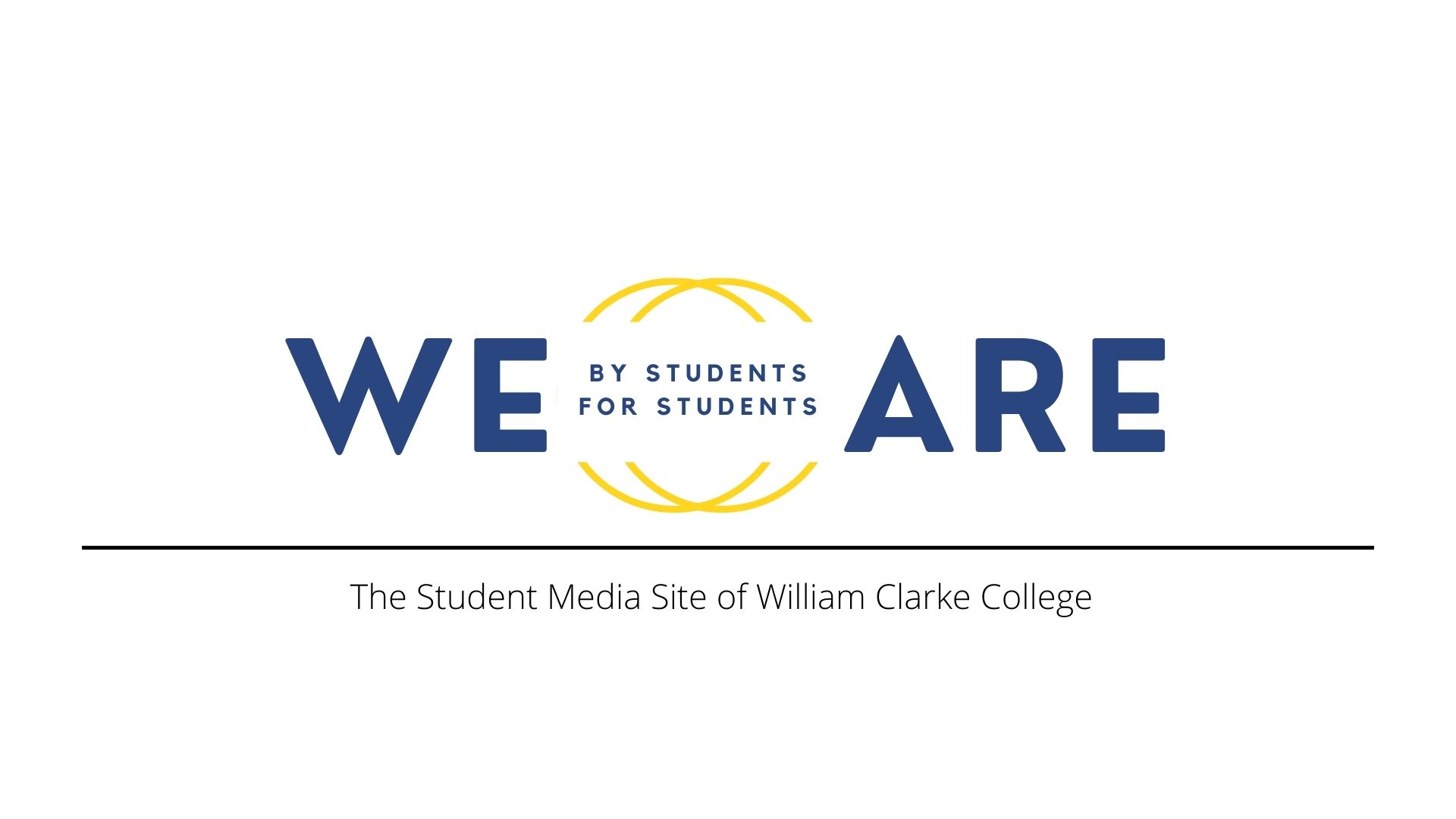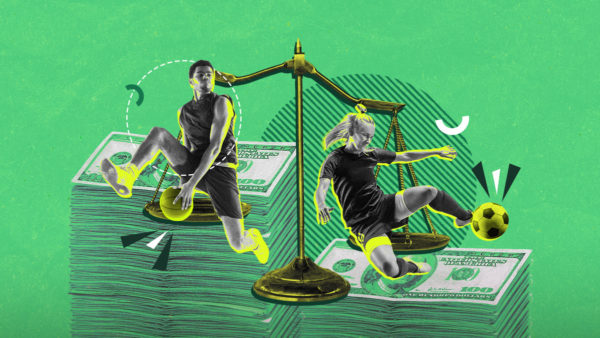The Interest Rate Rise: and What it Means for Us…
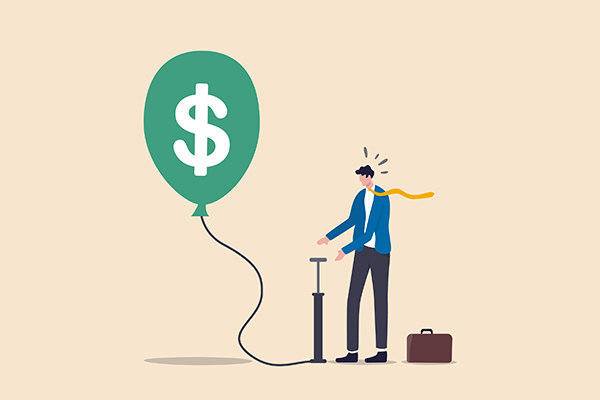
Image developed by D. Yeltekin. Retrieved from Simon Business School.
June 14, 2022
If you’ve read the news at any point this week, you will probably have noticed that the Reserve Bank of Australia (RBA) has increased its interest rate – sometimes called ‘cash rate.’ If you are anything like me before studying economics, I had no idea what this meant – and didn’t really care. But it’s drastically more important than any of us realise –
You may have noticed over the past few months; inflation was reported at 5.1% in March quarter of 2022. Inflation is the increase in prices over time, so, according to this statistic, if a chocolate bar cost $1.00 in March 2021, the same chocolate bar would cost $1.05 in March 2022.
Now in reality, chocolate bars haven’t increased by 5c, but if you look to the stark increase in petrol prices over the past year, with prices increasing by over 35% since March 2021, it’s a very different case. I can tell you from experience – that blows a major hole in your bank account (and I’m sure your parents can vouch for that too). This inflationary rate is the average price increase across all goods and services in Australia, and means on average you’re paying an extra 5.1% for all your products – definitely not fun. Just this week, I realised Crown Charcoal Chicken increased their Porto combo prices by 50c, (thankfully only a 4% increase in price, but still).
This inflation is a result of the Government spending lots of money in the economy to maintain growth in a pandemic, and the RBA’s extremely low interest rate of 0.1% in order to stimulate spending in the economy and maintain growth.
This inflation is almost twice as much as the RBA’s target inflationary rate of 2-3% (a sustainable rate which encourages economic growth) and is not for anyone having to pay 5.1% more for the things which they buy. The main problem of this inflation is also that wage growth is 2.4%, which means for a minimum wage worker (like me), we work the same amount, but earn less money (even though my payslip had a couple of extra dollars in it each week).
Now, to combat this high inflationary rate; the RBA has increased its interest rates from 0.1% twice; once to 0.35%, and again to 0.85% just last week.
But what even is the interest rate, and how does it help inflation?
The interest rate is pretty much how expensive it is to borrow money. In simple terms a low interest rate of 0.1% will mean if you borrow $100, you will only pay 10c of interest, whilst the new interest rate of 0.85% means you will pay 85c interest.
This doesn’t seem like it will affect many people, but higher borrowing costs means there is less demand for goods and services. High demand for goods and services leads to higher inflation, whilst lower demand for goods and services leads to lower inflation.
Additionally, this rise means that you will make a larger return for savings (or money) that is sitting in your bank account. You may have noticed sometimes you get interest from the bank for money in your savings account. This is because banks use that money to lend to other people (except it’s still there for you to use if you need it don’t worry!) and give you a small portion of the money they make in interest. When interest rates increase this amount of money increases, and that means more people save their money, therefore diminishing demand for goods and services and leading to lower inflation.
Whilst this benefits the economy a lot (by making prices not increase as much), this also has some negative effects for some people. In particular, if your parents have a mortgage. The average mortgage in NSW is $800,000 over 25 years, will see an increase of about $320 a month in repayments, which is a lot of money of you think about it, particularly when energy and gas prices are increasing and will likely not decrease due to the interest rates rising (that’s a whole other issue).
This announcement also lost the Australian Stock Exchange by $18billion AUD in minutes and our exchange rate peaked at US72.49, but both affects are short term and will return to normal soon, therefore not affecting us too much.
Overall, whilst the rise in the interest rate is bad for those with a mortgage, for most of us at school, it is good, as it will, hopefully, keep the cost of the things we buy down, so we won’t be paying $2.00 for a $1.00 chocolate bar anytime soon.

